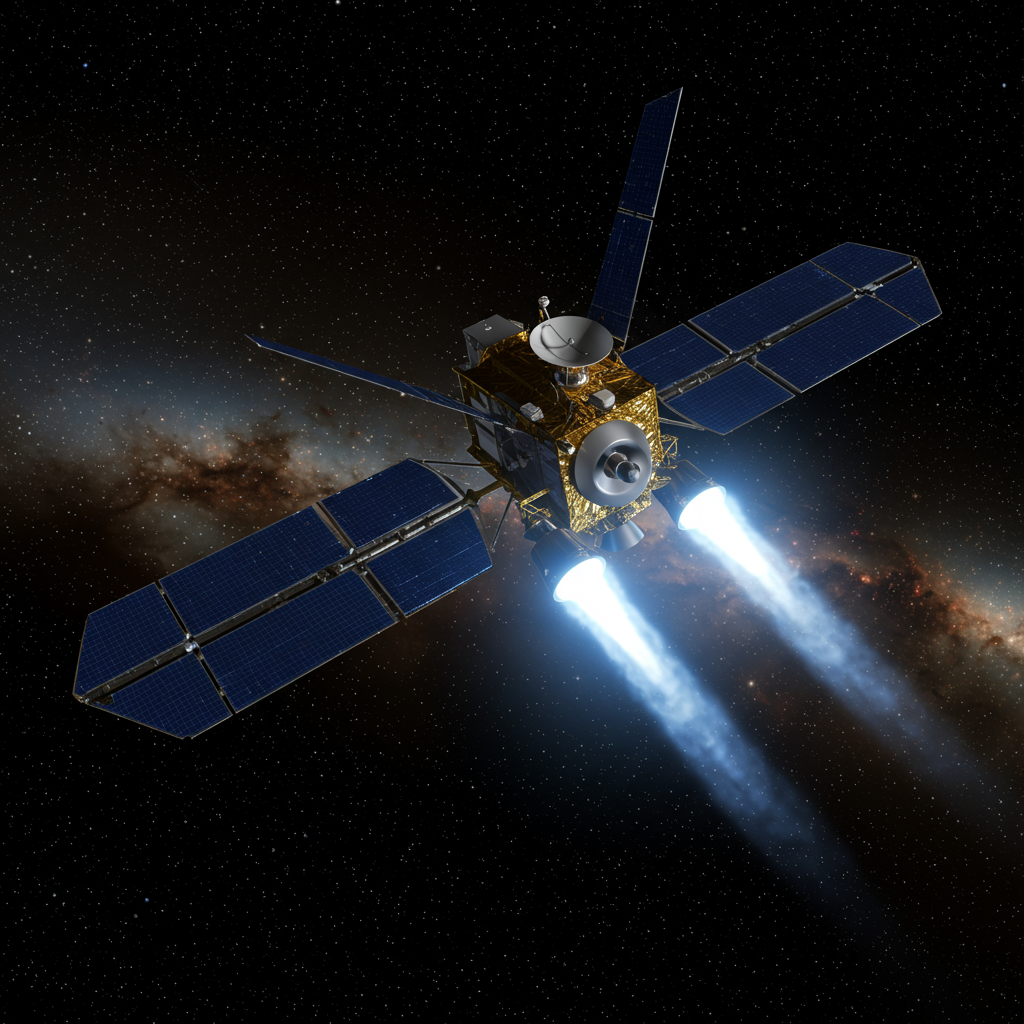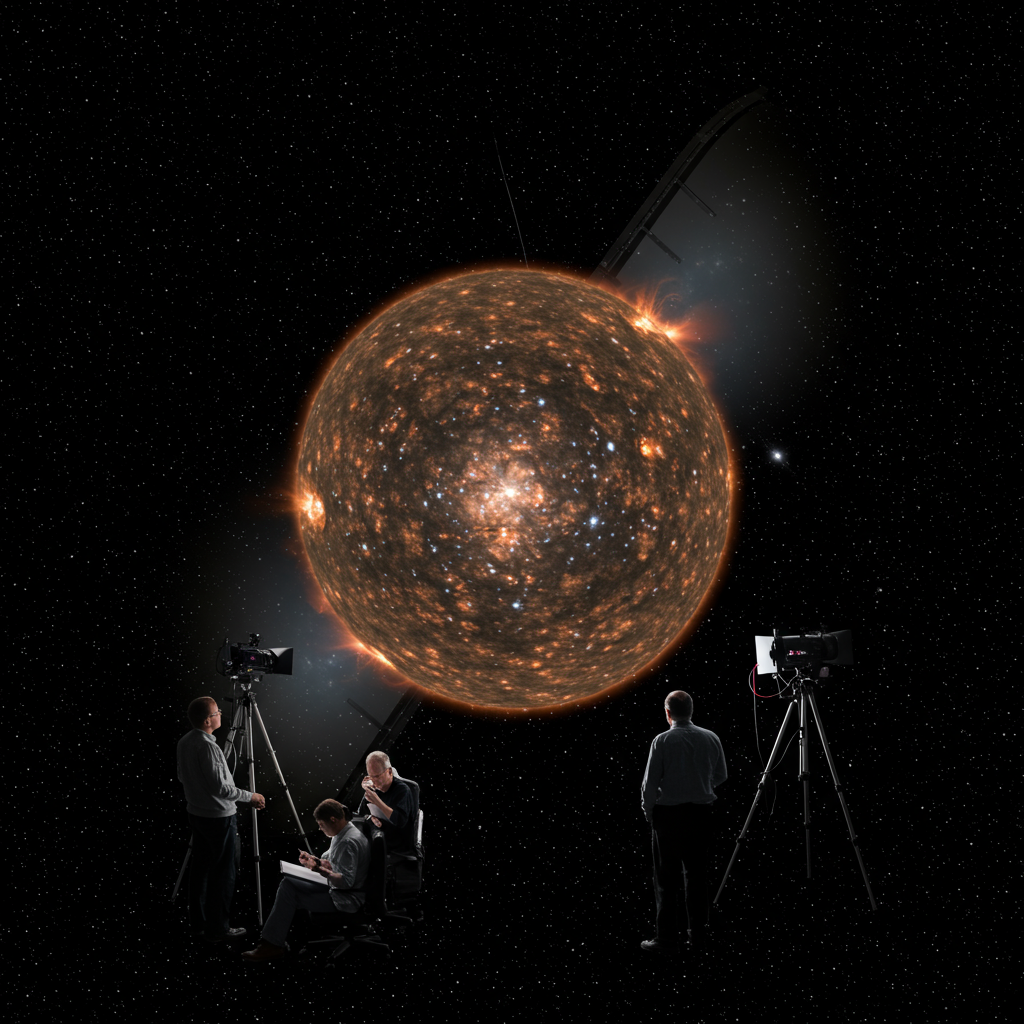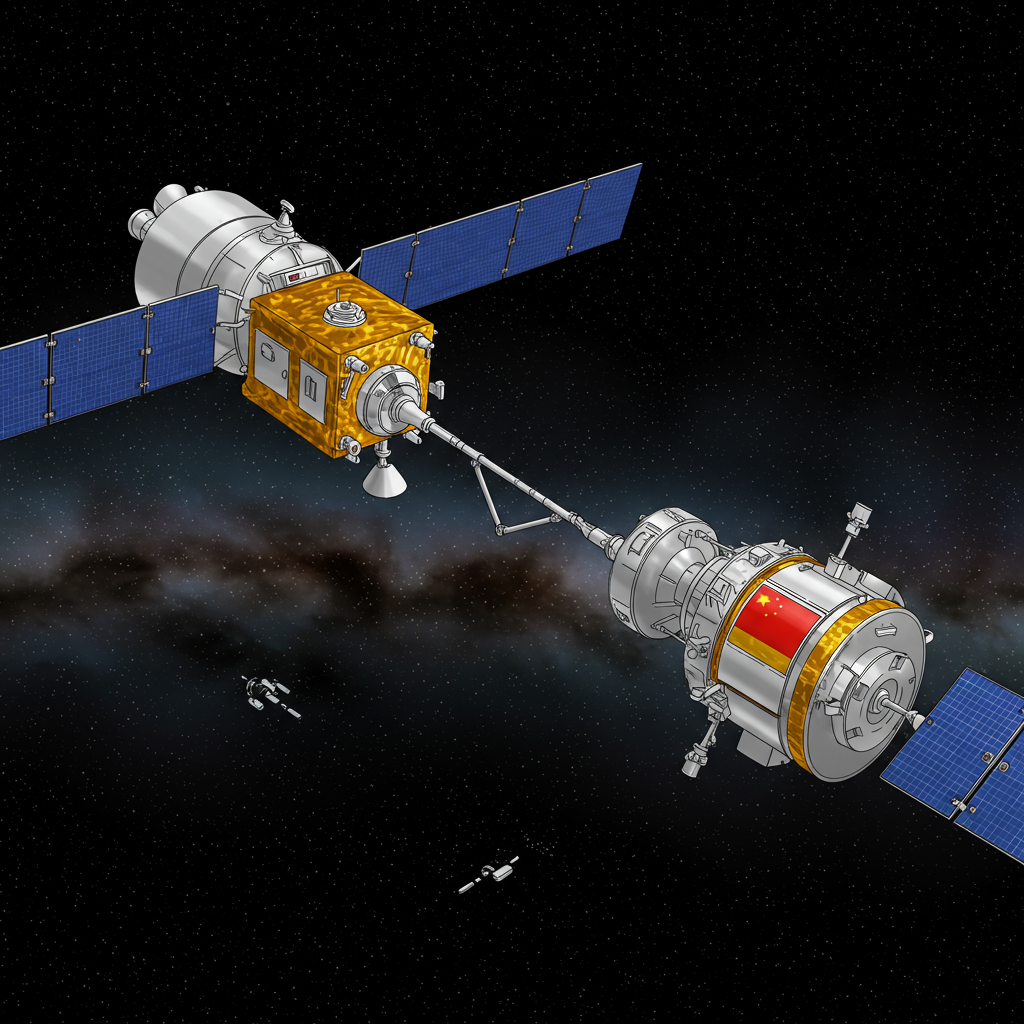NASA’s Psyche Spacecraft Back to Full Power, Journey to Metal World Continues
NASA’s Psyche spacecraft has successfully resumed full operations of its innovative electric propulsion system, keeping the mission squarely on track for its historic rendezvous with a metal-rich asteroid. After a temporary pause to investigate a technical issue, mission engineers expertly navigated the challenge by switching to a backup system.
Full thruster operations for the spacecraft, currently millions of miles from Earth, resumed on June 16, 2025. The propulsion system is now performing precisely as expected, utilizing a redundant, identical propellant line built into the spacecraft’s robust design.
Investigating a Pressure Drop
The pause in propulsion began in early April 2025 when engineers detected an unexpected drop in pressure within the primary xenon propellant line. Psyche’s solar electric propulsion system works by ionizing xenon gas and expelling it to create a gentle, continuous thrust – highly efficient for deep-space travel over long durations. This type of propulsion requires consistent flow and pressure.
A comprehensive investigation, involving rigorous testing and analysis, traced the anomaly to a suspected mechanical issue within a valve in the primary line. A specific internal part was likely no longer functioning correctly, hindering the smooth flow of xenon fuel to the spacecraft’s four electric thrusters.
Switching to the Backup System
With no safe method to resolve the suspected valve issue in the primary system remotely, the mission team enacted a planned contingency: switching operations to the identical backup xenon line. This strategic rerouting occurred in late May and immediately restored full functionality to the propulsion system. To prevent a similar issue with the backup system’s valve, engineers plan to keep it in the open position throughout the remainder of the mission.
“The mission team’s dedication and systematic approach to this investigation exemplifies the best of NASA engineering,” said Bob Mase, Psyche project manager at NASA’s Jet Propulsion Laboratory (JPL) in Southern California. “Their thorough diagnosis and recovery, using the backup system, demonstrates the value of robust spacecraft design and exceptional teamwork.”
Staying on Course
The successful transition to the backup system is crucial for maintaining Psyche’s precise trajectory. The mission team plans to operate the thrusters for the equivalent of three months between now and November 2025. This sustained thrusting period is necessary to ensure the spacecraft stays on schedule for its key upcoming milestones.
Psyche, which launched from NASA’s Kennedy Space Center in Florida in October 2023 and has now traveled over 628 million miles (1 billion kilometers), remains set for a critical gravity-assist flyby of Mars in May 2026. This maneuver will use the Red Planet’s gravity as a slingshot, providing the necessary velocity boost to propel the spacecraft towards the main asteroid belt.
Journey to a Unique Destination
The mission is still on target for its long-planned arrival in August 2029 at its destination: the asteroid 16 Psyche. Located in the main asteroid belt between Mars and Jupiter, this object is of immense scientific interest. Unlike most rocky or icy asteroids, 16 Psyche is believed to be predominantly composed of nickel-iron metal, potentially representing the exposed metallic core of an early protoplanet that lost its outer layers.
Studying 16 Psyche could offer unprecedented insights into the formation of rocky planets like Earth by providing a rare opportunity to examine what a planetary core might look like without having to drill through a thick crust. The Psyche spacecraft is equipped to conduct a detailed study of the asteroid’s surface, magnetic field, and composition upon arrival, helping scientists determine its true nature and unlock secrets about the early solar system.
The resolution of the propulsion issue through engineering foresight, rapid diagnostics, and the successful use of redundancy highlights the resilience of the Psyche mission and the value of integrated design and deep system knowledge. With propulsion fully restored, the team can now focus on the complex journey ahead and preparing the spacecraft for its groundbreaking scientific investigations.




